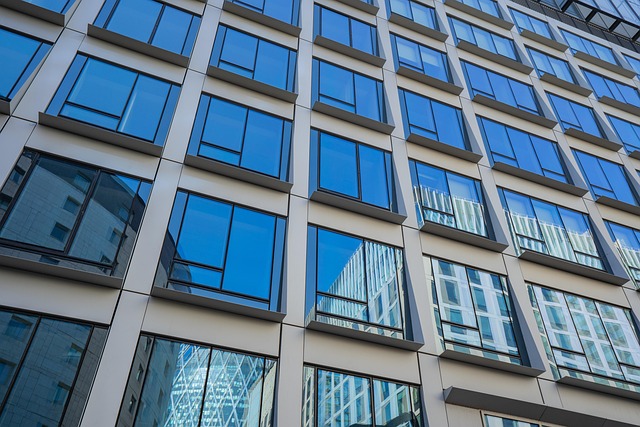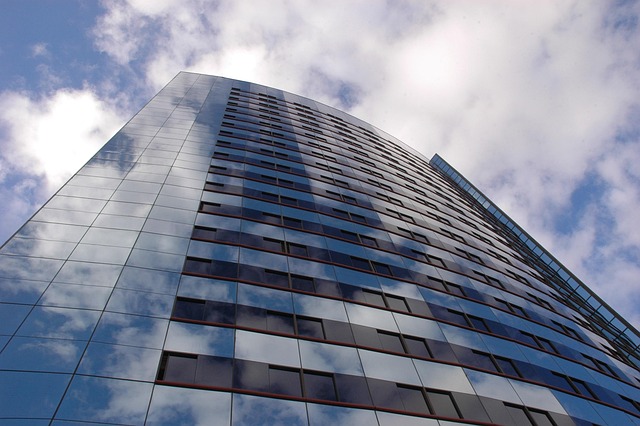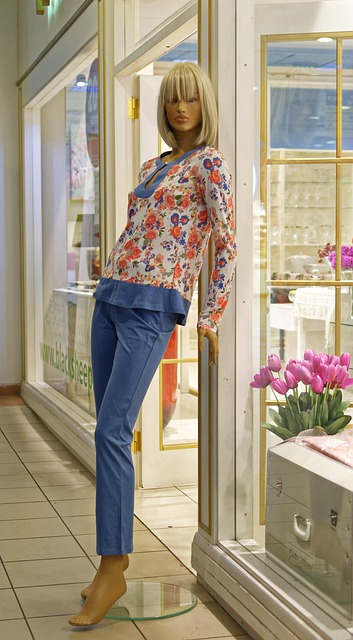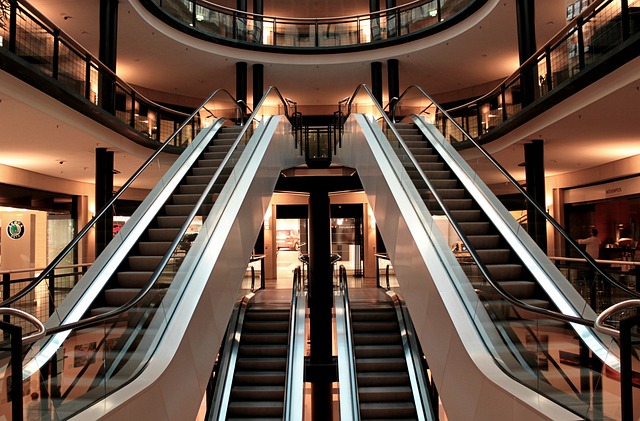Co-occurrence analysis reveals relationships within text data about commercial air curtain heaters, offering valuable insights for businesses. This method identifies connections like "energy efficient heating" and "air curtain technology," guiding decisions on entrance climate control and industrial air barrier selection. By analyzing terms related to door heating, professionals can optimize commercial air curtain heaters and enhance energy efficiency in warehouses and retail stores, contributing to sustainable practices.
“Unveiling hidden connections is key to optimizing energy efficiency, and co-occurrence analysis plays a pivotal role. This powerful method links critical terms, shedding light on how commercial air curtain heaters contribute to sustainable initiatives. By exploring text data, we reveal the intricate relationships between these heaters and energy efficiency. This article delves into the process of co-occurrence analysis, highlighting its value in the HVAC industry. We’ll guide you through understanding key terms, their interactions, and practical strategies for implementation, all focused on enhancing energy conservation.”
- Understanding Co-occurrence Analysis: Unveiling Connections in Text Data
- The Role of Commercial Air Curtain Heaters in Energy Efficiency Initiatives
- Identifying Key Terms and Their Interrelationships
- Strategies for Implementing Co-occurrence Analysis in the HVAC Industry
Understanding Co-occurrence Analysis: Unveiling Connections in Text Data

Co-occurrence analysis is a powerful method used to uncover relationships and connections within text data. By examining the frequency and proximity of specific terms, this technique reveals hidden patterns and associations that might not be immediately apparent. In the context of commercial settings, understanding co-occurrence can provide valuable insights into how different technologies and concepts interrelate.
For instance, when exploring the relationship between a commercial air curtain heater and energy efficiency, co-occurrence analysis would identify terms like “energy efficient heating,” “commercial entrance heating,” and “air curtain technology” appearing together in relevant texts. This suggests a potential link between these topics, indicating that heated air curtains are not only effective for door heating systems but also contribute to warehouse entrance heating or retail store heating while promoting energy conservation. Such insights can guide businesses in making informed decisions about their entrance climate control strategies and selecting the most suitable industrial air barriers for specific applications.
The Role of Commercial Air Curtain Heaters in Energy Efficiency Initiatives

Commercial air curtain heaters play a pivotal role in modern energy efficiency initiatives, offering a sustainable solution for maintaining optimal indoor climates. These advanced systems utilize air curtain technology to create a protective barrier at entrances, preventing the loss of heated or cooled air. By implementing commercial entrance heating, businesses can significantly reduce their energy consumption, particularly in warehouses and retail stores where large doors are common.
Air curtain technology is a game-changer when it comes to door heating systems. Commercial air curtain heaters not only provide efficient climate control but also act as industrial air barriers, minimizing drafts and ensuring a comfortable environment. This is especially beneficial for commercial spaces with high traffic areas or significant temperature fluctuations outside. Energy-efficient heating has become a priority for many businesses aiming to reduce their carbon footprint, making these heaters an attractive option in the pursuit of sustainable practices.
Identifying Key Terms and Their Interrelationships

In co-occurrence analysis, identifying key terms and their interrelationships is a foundational step. When exploring topics like commercial air curtain heaters, it’s crucial to pinpoint the core concepts that drive discussions and applications. In this context, key terms include “commercial entrance heating,” “air curtain technology,” “door heating systems,” and “industrial air barriers.” These terms are interconnected, as heated air curtains, a prime example of air curtain technology, offer both commercial entrance heating and effective industrial air barrier solutions.
Understanding these relationships is essential for contextualizing the discussion around energy efficiency. For instance, “energy efficient heating” becomes more meaningful when considering how commercial air curtain heaters contribute to entrance climate control in warehouses and retail stores. By analyzing the co-occurrence of these terms, researchers can uncover insights into best practices for optimizing both thermal comfort and energy conservation in various industrial settings.
Strategies for Implementing Co-occurrence Analysis in the HVAC Industry

Implementing co-occurrence analysis in the HVAC industry offers strategic insights for optimizing commercial air curtain heater systems and enhancing energy efficiency. By analyzing the frequency and context in which specific terms, like commercial entrance heating or air curtain technology, appear together, professionals can uncover valuable patterns. For instance, identifying high co-occurrence rates between “heated air curtains” and “warehouse entrance heating” suggests a growing demand for efficient door heating systems in industrial settings.
This analysis then guides the development of innovative solutions. Manufacturers can design more effective commercial door heaters by understanding the specific challenges faced by various sectors. For example, incorporating advanced industrial air barriers and optimizing entrance climate control strategies could significantly improve energy-efficient heating in retail stores or other commercial spaces. Such tailored approaches not only enhance comfort but also contribute to significant cost savings for businesses.
Co-occurrence analysis has proven to be a powerful tool in understanding the intricate relationships between various terms, particularly in the context of energy efficiency and the HVAC industry. By connecting ‘commercial air curtain heaters’ with relevant energy efficiency concepts, we can gain valuable insights into how these innovations contribute to sustainable practices. This analysis highlights the interdependence of technical advancements and environmental initiatives, offering a strategic direction for future research and implementation within the sector. Through leveraging co-occurrence relationships, professionals can make informed decisions, fostering a more energy-efficient and environmentally conscious approach to commercial heating solutions.






